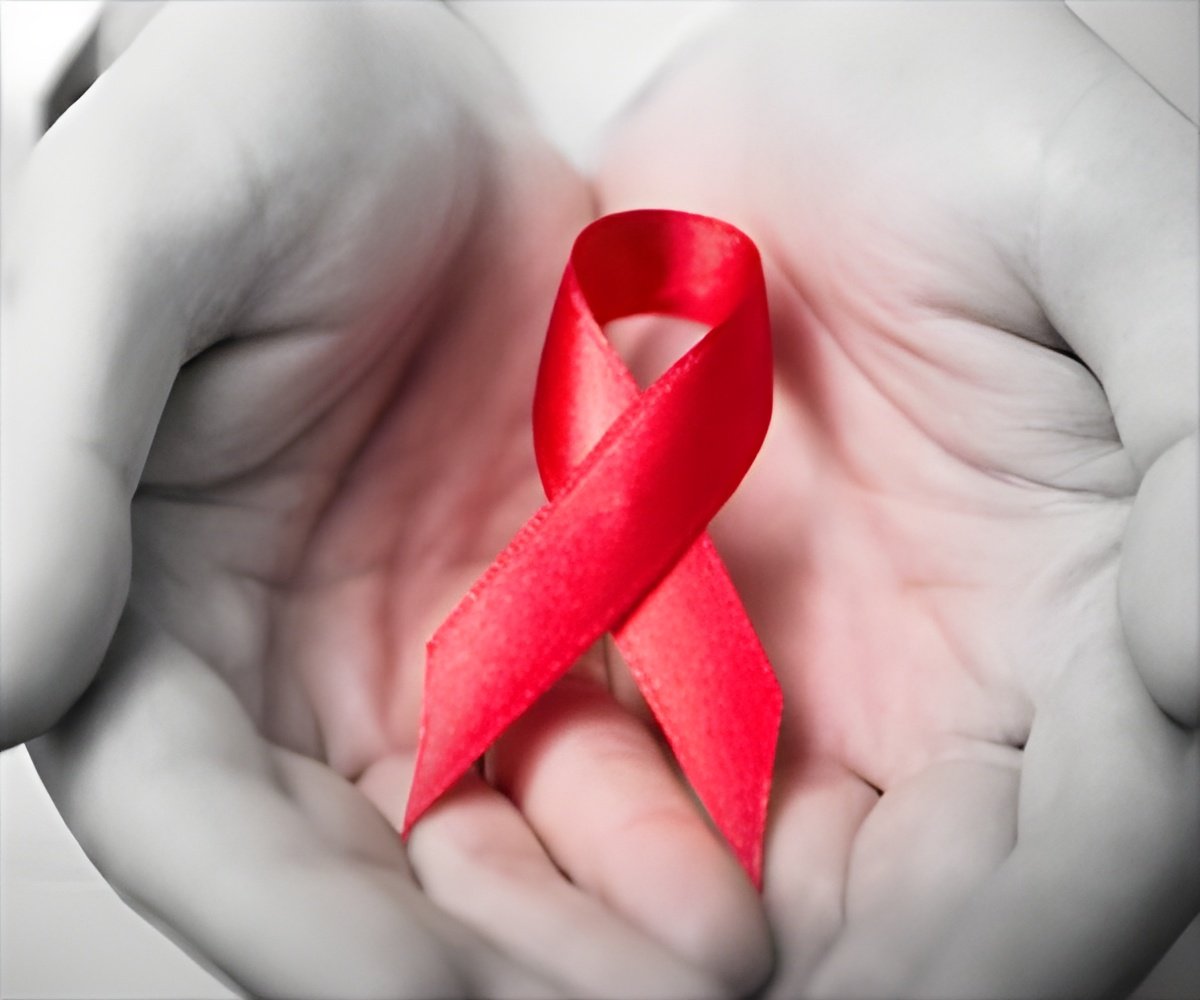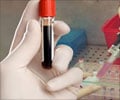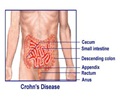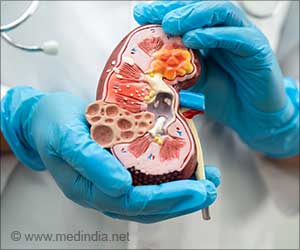A Phase I clinical study has revealed that a gel formulation of the antiretroviral drug tenofovir designed specifically for rectal use was found safe and acceptable.

Microbicides, products applied on the inside of the rectum or vagina, are being studied as an approach for preventing or reducing the sexual transmission of HIV. The majority of microbicide research has focused on products to prevent HIV through vaginal sex, yet the risk of becoming infected with HIV from unprotected anal sex may be 20 times greater than unprotected vaginal sex. Developed as a vaginal microbicide, tenofovir gel was reformulated with less glycerin, a common additive found in many gel-like products, in the hopes of making it more appropriate for rectal use.
The study, known as MTN-007, began in October 2010 and enrolled 65 men and women at three sites – the University of Pittsburgh, University of Alabama at Birmingham and Fenway Health in Boston. It is a follow-up trial to an earlier study, RMP-02/MTN-006, which assessed the rectal use of the vaginal formulation of tenofovir gel. That study found the gel produced a significant antiviral effect when used in the rectum, but gastrointestinal side effects were problematic.
In MTN-007, study participants were randomly assigned to one of four study groups. Three of these groups were assigned to use one of the following products for a one-week period: a rectal formulation of tenofovir gel; a placebo gel containing no active ingredient; or a gel containing the spermicide nonoxynol-9. A fourth group did not use any gel but took part in all of the study-related procedures and tests, including physical and rectal exams.
Study results indicated no significant differences in side effects among the three gel groups. Eighty percent of participants reported only minor side effects related to the use of study products, while 18 percent reported moderate side effects. (Two study participants reported severe adverse events, but they were not deemed to be related to use of the study products.) Participants' adherence to the use of their assigned study products was high, with 94 percent using the products daily as directed. When asked about the likelihood that they would use the gel in the future, 87 percent of the participants who used the rectal formulation of tenofovir gel indicated they would likely use the gel again, compared to 93 percent of the placebo gel group, and 63 percent of the nonoxynol-9 gel group. In addition to assessing safety and acceptability, researchers also conducted preliminary gene expression testing, and noted changes in the activation of some genes in the tenofovir gel group, which they are continuing to evaluate to understand more fully.
"These findings tell us that the 'rectal-friendly' version of tenofovir gel was much better tolerated than the vaginal formulation of the gel when used in the rectum," said Ian McGowan, M.D., Ph.D., co-principal investigator of the MTN and professor of medicine, Division of Gastroenterology, Hepatology and Nutrition and Department of Obstetrics, Gynecology and Reproductive Sciences, University of Pittsburgh School of Medicine. "We are very encouraged that the rectal gel was quite safe, and that most people who used it said they would be willing to use it in the future."
Advertisement
Advertisement










